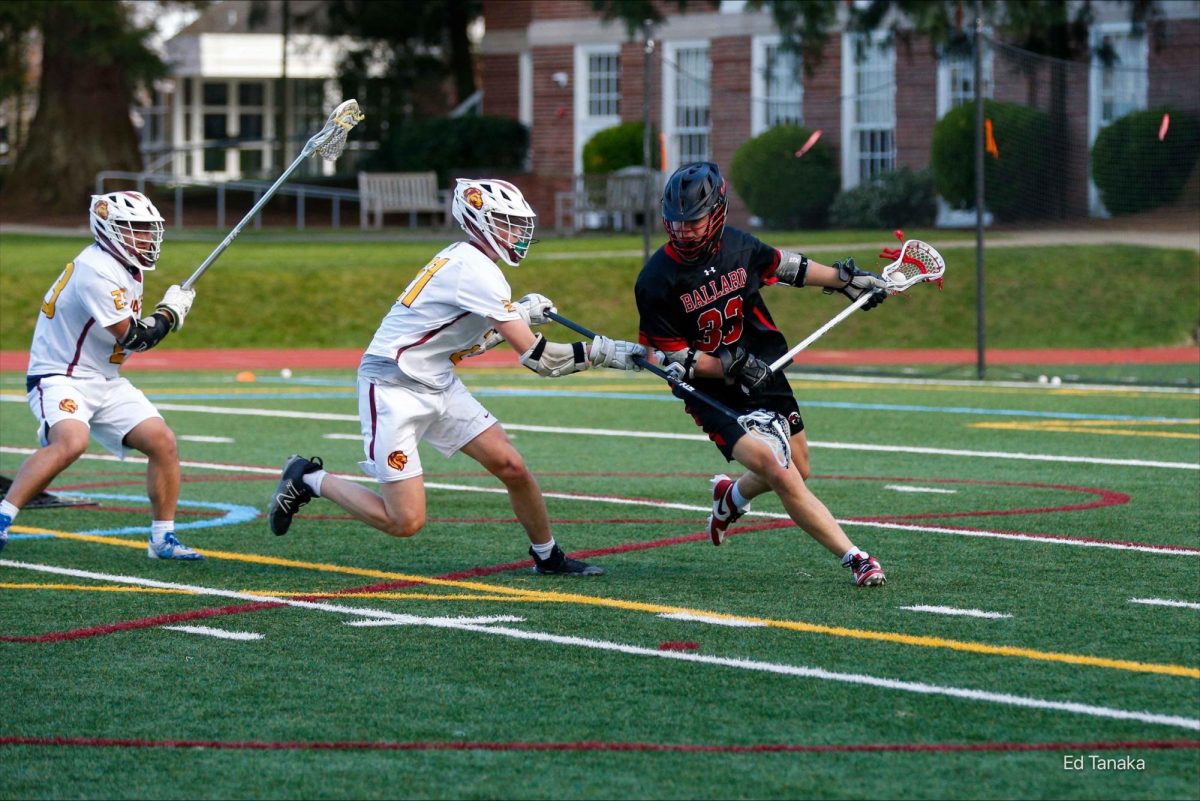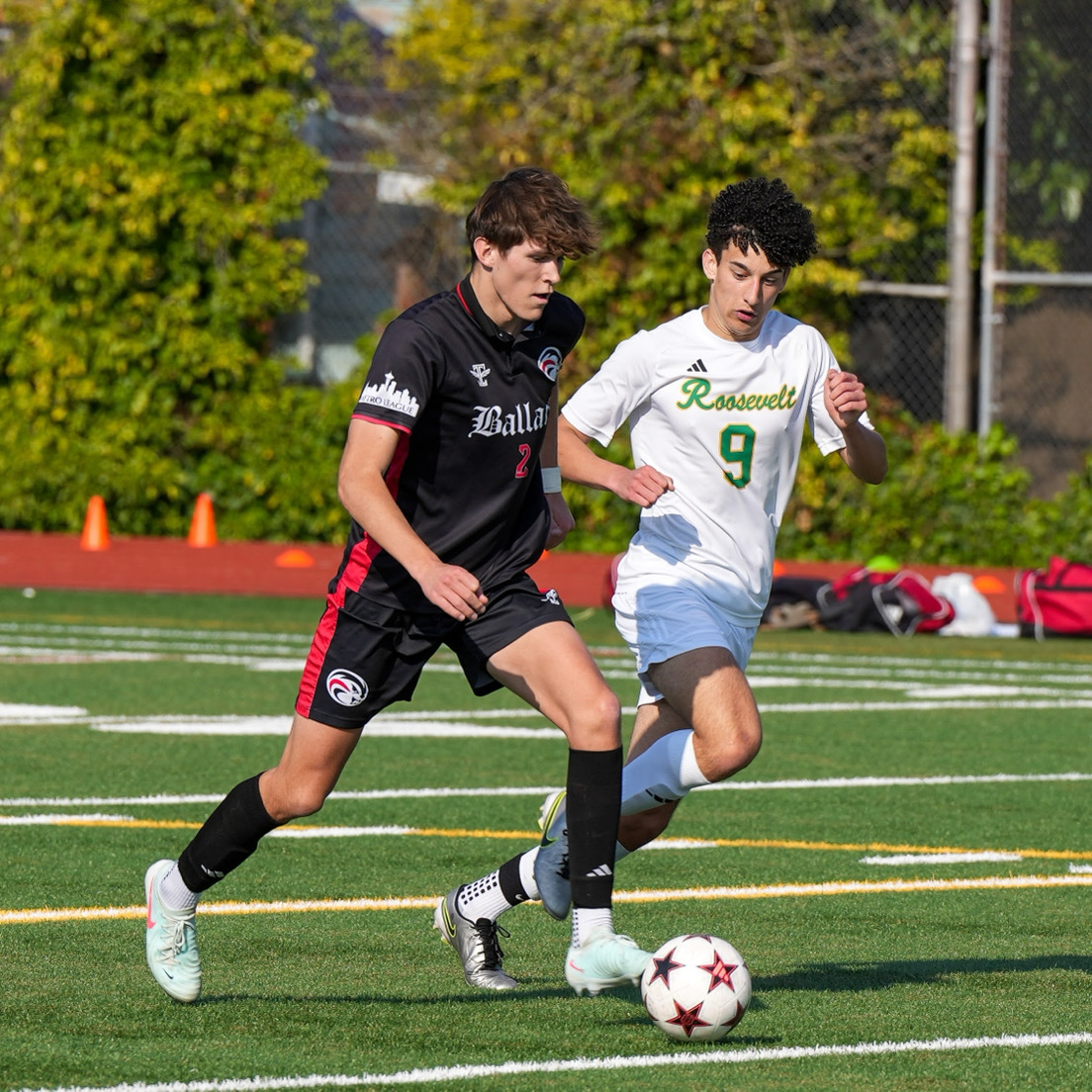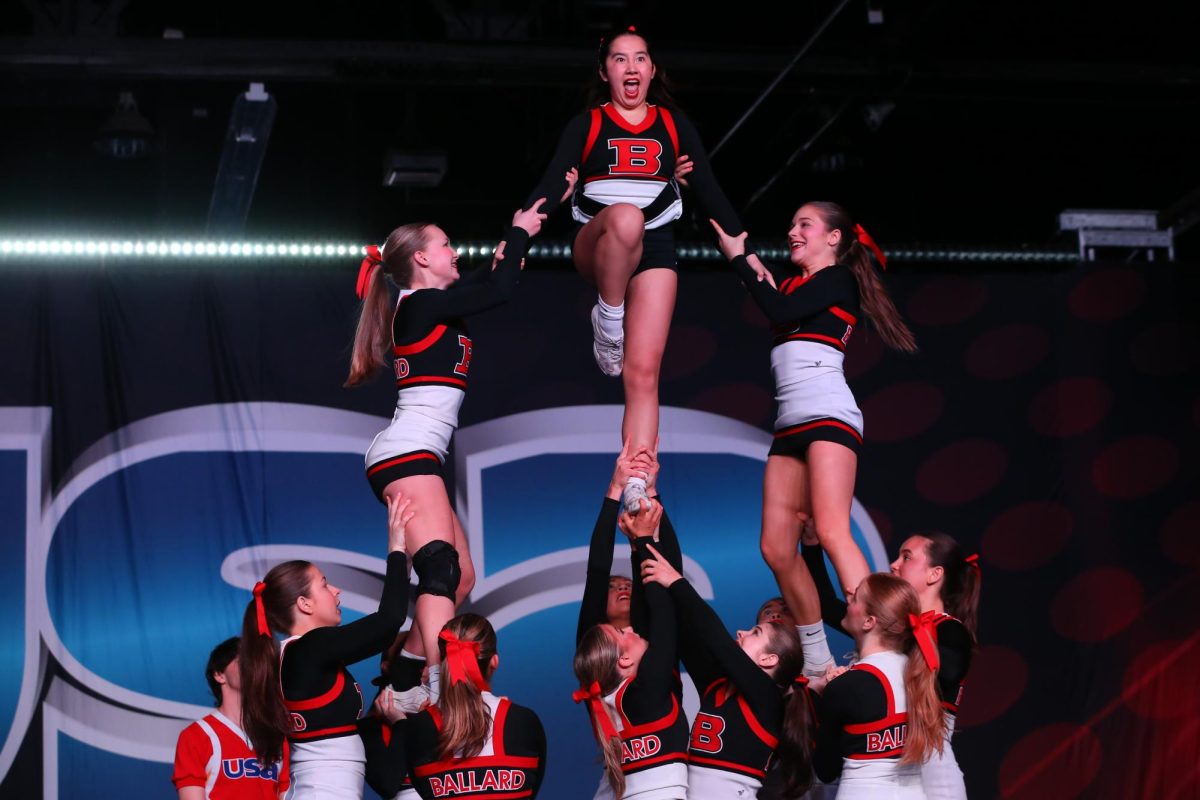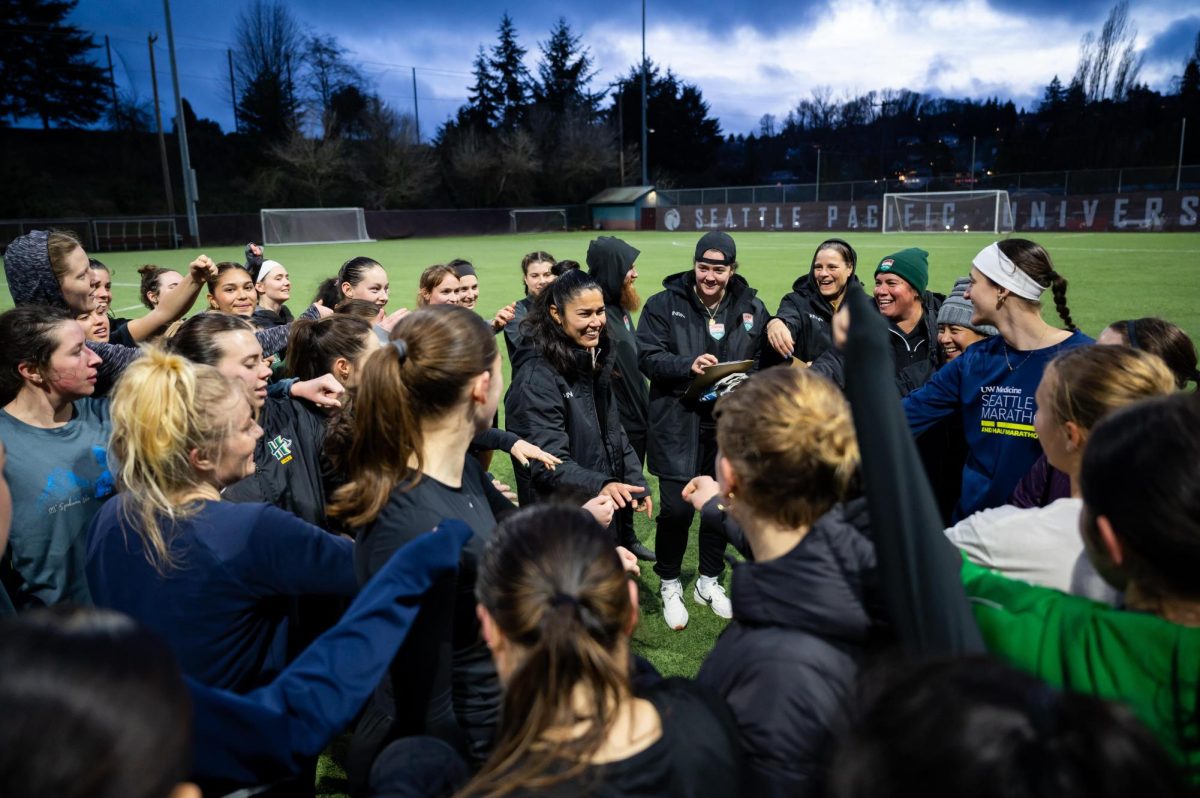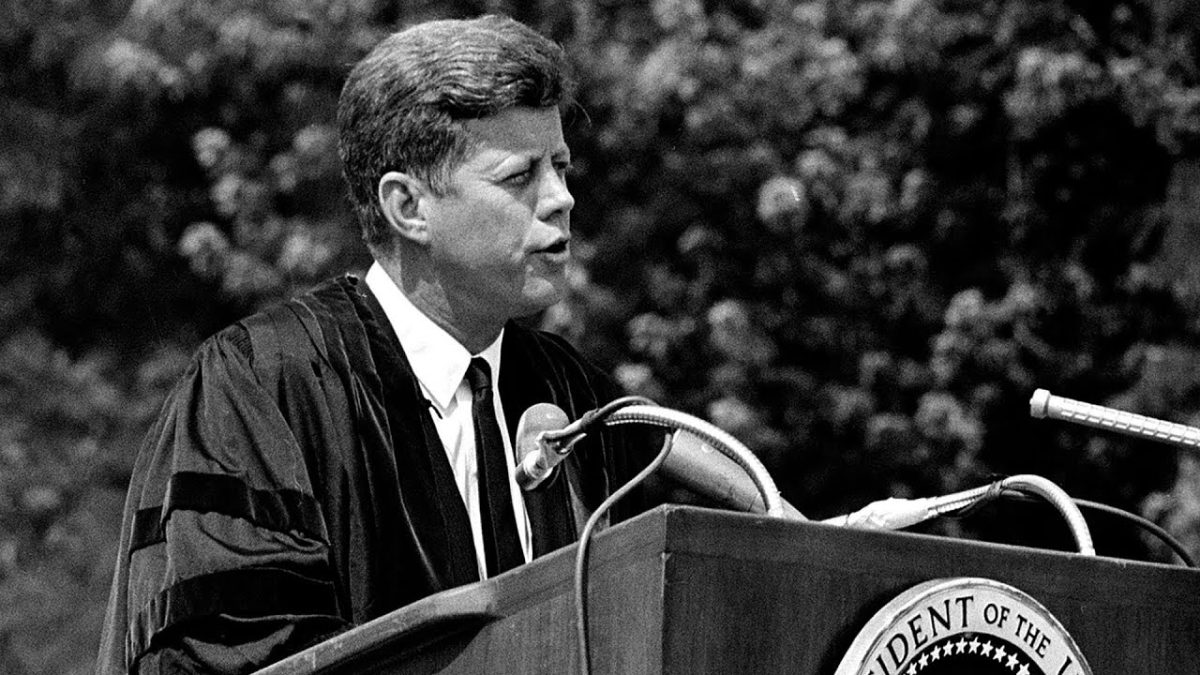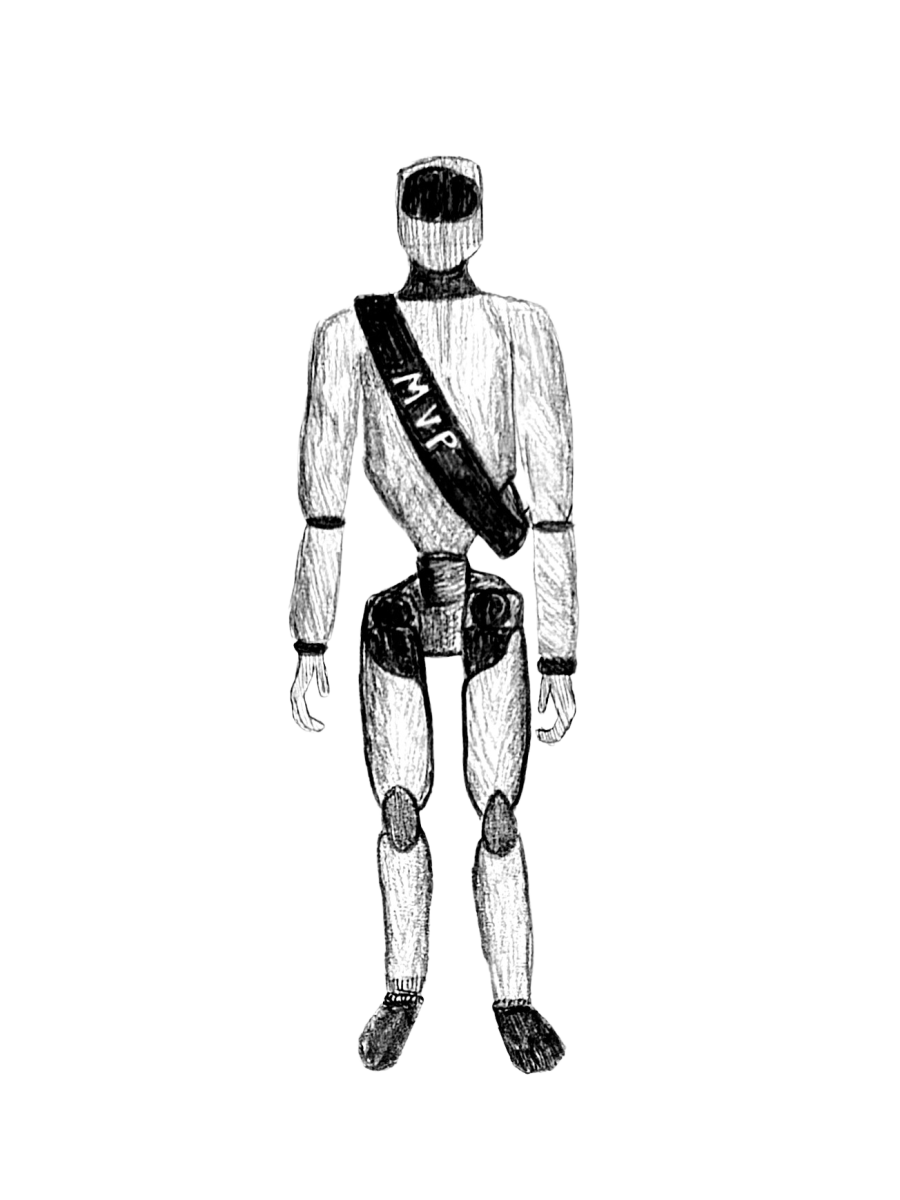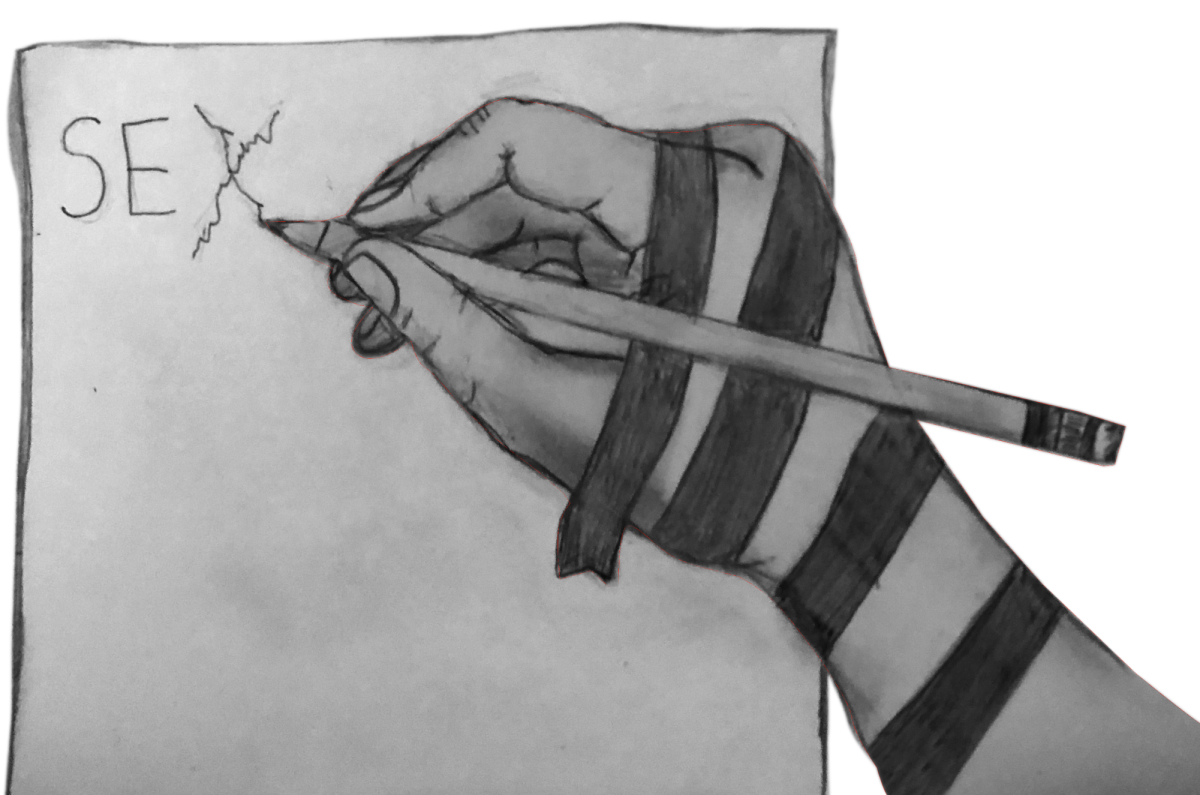For many students turning 16, a milestone of their adolescence awaits them: a driver’s license. A small plastic card signals some of the first steps we begin to take down the well trodden path toward adulthood, a key to independence and opportunity. Yet for others, this is only the beginning of a stressful and exclusionary transition, as some teens are denied these benefits, instead forced into even greater dependence on their families, peers, and public transportation.
Prior to 2002, all high schools in Washington state offered a drivers-ed class. Through these school sponsored courses, students received professional instruction and driving practice both during and before school hours. However a lack of government funding led to the gradual phasing out of these programs, and the financial burdens of attaining a license through a drivers ed course was superimposed onto families
The reduction of legislature that aimed to promote drivers ed within schools had immediate adverse effects: according to the Seattle times, the years following saw a significant drop in enrollment for driving lessons, as some teens could no longer afford to be more safe and educated drivers.
On average, private driving schools charge anywhere from $500- $800, assuming you pass the test the first try. With additional fees incurred from gas, vehicle maintenance, and the testing itself, the cost quickly adds up.
Per the rules of these private driving institutions, students also have to use their own vehicles to complete the external hours of driving practice required to pass their course. For students who have working parents that can’t accompany them on their drives, or no access to a vehicle to even get their road hours, drivers ed becomes more untenable. Under these circumstances it’s almost impossible to start, let alone finish a course.
Without a standard curriculum and discrepancies in the time families can commit towards driving practice, students will receive different educations when learning to drive, a factor that significantly plays into their knowledge and application of road safety.
These inconsistencies can prove deadly. Motor vehicle crashes remain the leading cause of death for U.S. teens, according to a CDC report conducted in 2022. Lack of road experience was named as the greatest contributing factor in these underage crashes.
So what do you do if you can’t afford driver’s ed? While the option to simply take a licensing test at 18 is significantly cheaper than a full drivers ed course, the Washington Traffic Safety Commission states those who had not completed a course had a 70 percent higher rate of injury or death.
By creating more accessible methods to completing a driver’s education course, not only would a harmful financial barrier be deconstructed, the roads would be made safer for everyone. It’s not about money, it’s about the public good.
It’s a cop-out by the legislature to privatize something as essential as drivers ed.The short sighted decision by lawmakers to save a few bucks at the cost of equity shows. Impacts are felt not just by prospective teenage drivers but by everyone. It impacts pedestrians who want to walk safely in their neighborhoods, it impacts drivers who have to worry about sharing the road with those who aren’t fully aware of traffic safety, it impacts parents who shouldn’t have to choose between groceries or driving lessons.
Educating and preparing safe and informed drivers is a matter of the public good, and should remain that way through the reinstatement of drivers education in schools.









